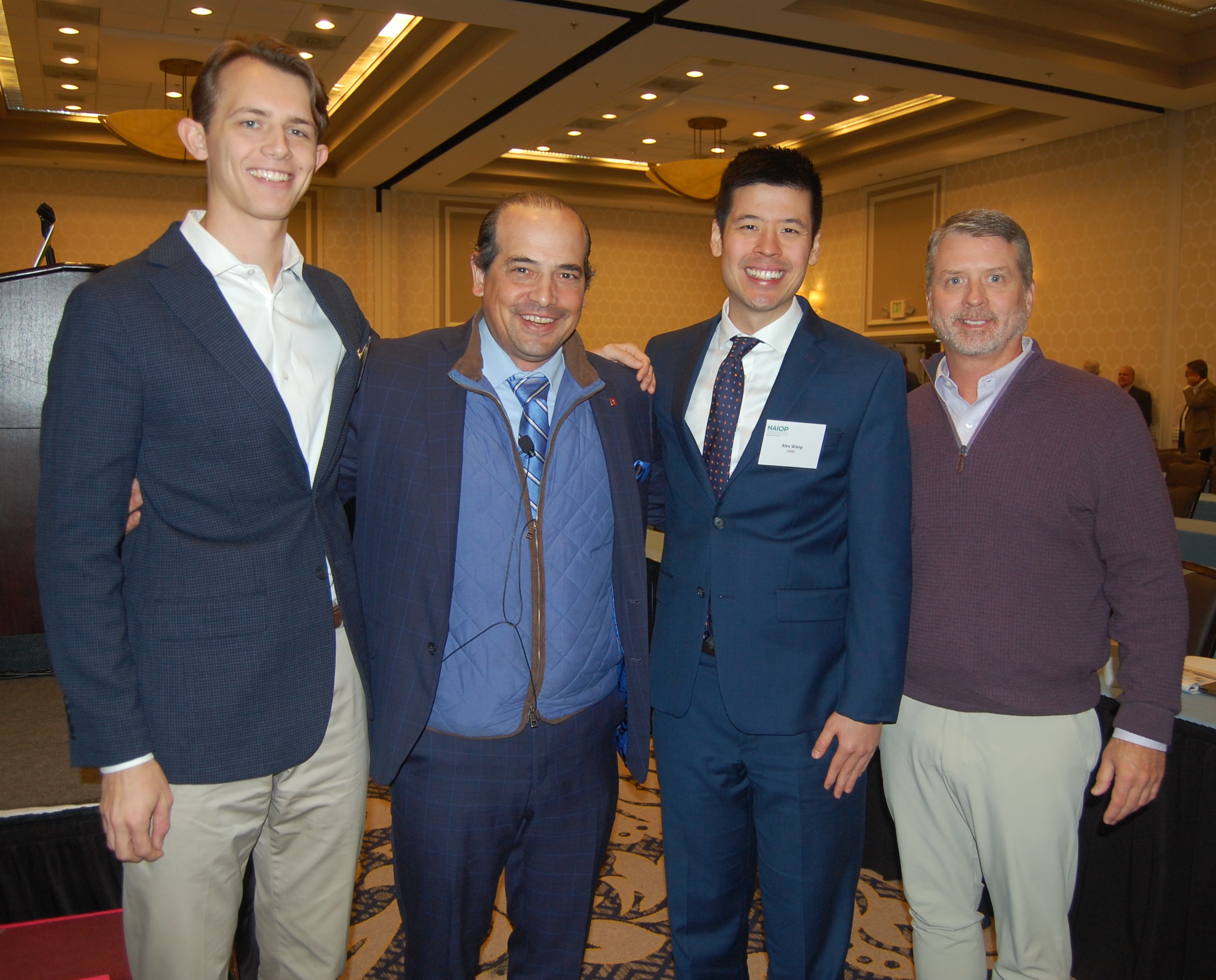 Although all eyes are on the daily headlines detailing unsettling news about rising interest rates, a volatile stock market, inflation, the Ukraine-Russia conflict and the expected recession, a different economic challenge is emerging that requires more immediate attention – a looming labor shortage. That was a key message from Spencer Levy, CBRE’s Global Client Strategist & Senior Economic Advisor, at NAIOP Maryland’s annual Capital Stack seminar.
Although all eyes are on the daily headlines detailing unsettling news about rising interest rates, a volatile stock market, inflation, the Ukraine-Russia conflict and the expected recession, a different economic challenge is emerging that requires more immediate attention – a looming labor shortage. That was a key message from Spencer Levy, CBRE’s Global Client Strategist & Senior Economic Advisor, at NAIOP Maryland’s annual Capital Stack seminar.
Furthermore, that labor shortage could have significant impacts on the commercial real estate industry. The widely held notion that location is the major driver of commercial real estate decisions is actually false, Levy explained, as companies are more specifically drawn to areas where they can recruit and retain the most talented workforce to fuel their operations. In addition, more expensive labor has a multiplier effect that contributes to higher material and construction expenses, as well as the overall cost of doing business.
Levy’s presentation delivered several other takeaways impacting the commercial real estate industry:
-

Spencer Levy (second from left), Global Client Strategist and Senior Economic Advisor, led CBRE’s presentation at the NAIOP Maryland Capital Stack seminar recently. Other CBRE presenters included (left) Peter North-Hoy and (third from left) Alex Wang. Also pictured is Corporate Office Properties Trust’s John Hermann, President of NAIOP Maryland.
The Federal Reserve Board has only two tools at its disposal to reduce inflation – the power of the pulpit and interest rates. Levy described recent actions of the Federal Reserve as “performing delicate surgery with a chain saw” and the speed of most recent rate hikes were “the fastest in US history” which has created shock waves. The Fed is trying to scare businesses and consumers into spending less and slowing down the rate of construction and Levy expects rates to start falling in mid-2023. “When that happens, expect cap rates to also fall, but my advice is to prepare for the worst and hope for the best,” he said.
- A bifurcation of the market has occurred with a definitive “flight to quality” occurring across all asset classes and all submarkets. Levy suggested, “New is the new, new… I don’t care if your building has the perfect fitness center, food court and most modern amenities. If it’s in the wrong location or submarket, than leasing will be a problem. Companies are gravitating to new because best-in-class buildings help to recruit and retain the best talent.
- Employees held the upper hand during the pandemic and were free to work from home, but that power may be shifting towards employers. The fear of layoffs has prompted employees at Morgan Stanley to return to the office full time and Levy expects this trend to continue. “The commercial office sector was hit with a double whammy with remote work and capital market softness, but we see a pivot coming,” he said.
- Companies are willing to pay premium rates to rent space in LEED-certified buildings. The big winners are Class B buildings, which experience double the green rent effect of a Class A product.
- Real estate capital markets have slowed from 2021, but conditions are still relatively robust by historical standards. Real estate capital values have dropped as buyers pull back, but pricing should start to recover by the end of next year. Suburban and Class A office assets are best positioned to weather the upcoming storm.
- After 10 consecutive quarters of lowering vacancy rates, the industrial/warehouse sector experienced its first rise in Q3 2022 in the greater Baltimore area. This could mean the beginning of a new trend, although inventory remains tight and rents continue to rise. Robust new supply will put increased pressure on existing, older products.
- The hospitality and retail sectors experienced a “brilliant recovery” in the greater Baltimore region as spending on air travel and restaurants are more than holding their own. Much of this can be contributed to “revenge spending” as consumers spent the better part of two years staying home and are now ready to travel and make larger purchases.